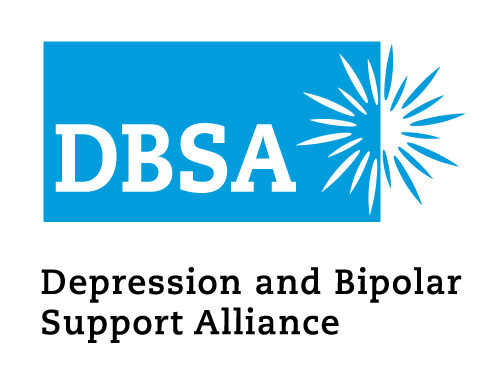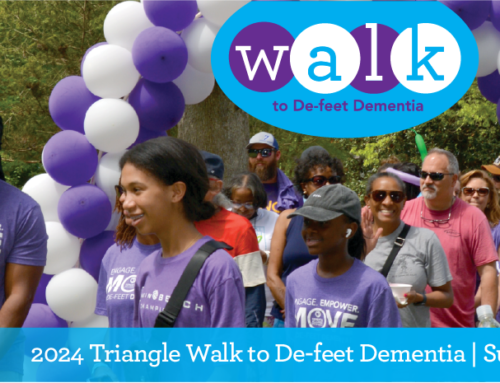March 30th is World Bipolar Day celebrated on Vincent Van Gogh’s birthday. The world-renowned painter of “Starry Night” was posthumously diagnosed as likely having bipolar disorder.
This worldwide awareness initiative provides us a chance to share information and resources that help eliminate the stigma around bipolar disorder and support those living with the condition on their journey to wellness.
What is Bipolar Disorder?
Bipolar disorder is a treatable mental health condition marked by extreme changes in mood, thought, energy, and behavior. It is not a character flaw or a sign of personal weakness. Bipolar disorder was previously known as manic depression because a person’s mood can alternate between the “poles” of mania (highs) and depression (lows). These changes in mood, or “mood swings,” can last for hours, days, weeks or months.
- Bipolar disorder affects approximately 5.7 million adult Americans, or about 2.6% of the U.S. population age 18 and older every year. (National Institute of Mental Health)
- The median age of onset for bipolar disorder is 25 years (National Institute of Mental Health), although the illness can start in early childhood or as late as the 40’s and 50’s.
- An equal number of men and women develop bipolar illness and it is found in all ages, races, ethnic groups and social classes.
- More than two-thirds of people with bipolar disorder have at least one close relative with the illness or with unipolar major depression, indicating that the disease has a heritable component. (National Institute of Mental Health)
Risk Factors
While there is no single cause of mood disorders, researchers have identified a number of risk factors that may contribute to an individual experiencing a mood disorder.
These risk factors include:
- Having a family member who lives with a mood disorder or other mental health condition
- Having specific genetics or brain structure
- Experiencing trauma or stressful life events
- Adverse Childhood Experiences (ACEs) such as poverty or abuse
- Excessive use of drugs or alcohol
Bipolar Disorder Treatment Options
As with any treatment or medical procedure, different people will have different responses. DBSA does not endorse or recommend the use of any specific treatment or medication. Read more.
Types of Bipolar Disorder
There are several types of bipolar disorder. Each kind is defined by the length, frequency, and pattern of episodes of mania and depression. Mood swings that come with bipolar disorder are usually more severe than ordinary mood swings and symptoms can last weeks or months, severely disrupting a person’s life.
An often asked question about the difference between bipolar I and II, read DBSA Scientific Advisory Board Member Dr. DePaulo’s answer:
Danger can mean a number of things but the key risks that Bipolar 1 and 2 share are suicide, suicide attempts (injurious in so many ways for all survivors), and substance abuse or addiction.
You’ve just been diagnosed with bipolar disorder; now what?
A bipolar disorder diagnosis can come with a whirlwind of emotions. You might be relieved to finally have a diagnosis. You could be uneasy about what the future will hold.
However you might be feeling, know that bipolar disorder is fairly common, and highly treatable. By taking charge of your life with bipolar disorder, you can maximize your well-being and live the life you want to lead. Here are five tips to set you on the path to wellness while living with bipolar disorder.
5 steps to take after a bipolar disorder diagnosis
Sleep and Bipolar Disorder
Sleep disturbance is a symptom of bipolar disorder. And just as mood disorders can affect your physical health, paying close attention to your physical wellness can improve your ability to live with a mental health condition. According to Interpersonal and Social Rhythm Therapy (IPSRT), human bodies work around a biological clock, also known as circadian rhythms. The theory behind this type of therapy is that by helping individuals to regulate their body clocks they can better regulate and cope with mood disorder symptoms. Here are suggestions that will help you look after your bodily health each day.
Learn more about Physical Wellness
Thriving with Bipolar Disorder
In order to thrive, all aspects of a person must be evaluated including physical health, lifestyle, education, employment status or career goals, relationships, etc. Collaboration between health care providers and patients/clients is key to the future of treatment of mental health conditions if we hope to evolve to a person- or wellness-centered, whole-health approach.
DBSA met with three individuals who live with bipolar disorder and asked about the unique ways they navigate their lives while living with this mood disorder. In this video, they provide insightful solutions to the challenges that people living with bipolar may face.
Watch the full video or select a specific question below. You can also view individual responses from Cassie, Steve, and John.
- What was your experience when you were first diagnosed with bipolar disorder?
- How did you learn to treat your symptoms?
- How did you know when it was time to change your treatment plan?
- Why is it important to collaborate with your health care providers?
- At what point did you realize that you were more than your diagnosis?
- What can you tell someone who was just diagnosed with bipolar disorder?




